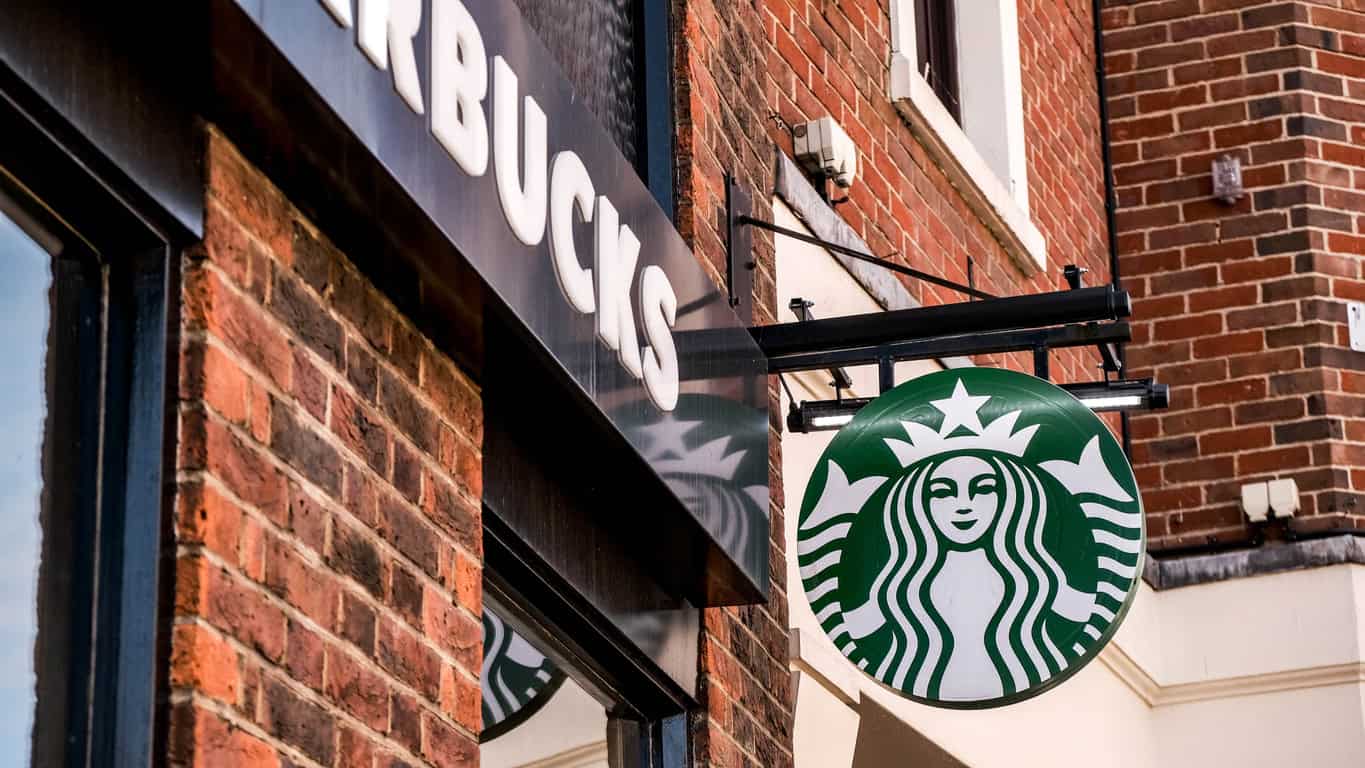
iStock.com/martinrlee
What Will It Take To Reverse Starbucks’ Decline?
Starbucks faced a disappointing quarter with declining same-store sales in the U.S. and China, leading to a 2% dip in global revenue and its first quarterly sales decline since 2020.
CEO Laxman Narasimhan acknowledged the challenges, including competition and cautious consumer behavior. “Our performance this quarter was disappointing and did not meet our expectations,” he said on the quarterly earnings call.
With all of the rising problems, Narasimhan has proposed a myriad of solutions aimed at tackling the company’s issues.
Starbucks is banking on its “Triple Shot Reinvention with Two Pumps” strategy. The focus is on enhancing the Starbucks app to entice “occasional customers” back, improving service speed and wait times, and introducing new promotions.
Additionally, Starbucks is trying out menu changes, such as its first time adding “texture” to drinks in the form of tapioca-style pearls. Options like sugar-free customizations and low-calorie energy drinks are also being offered to appeal to the health-conscious. Furthermore, as a quick fix of sorts, Starbucks plans to extend its operating hours to capitalize on late-night business, projecting a $2 billion revenue boost over the next five years.
Cold drinks are currently a major driver of Starbucks’ sales, reflecting a broader trend in the U.S. where iced beverages are booming. In a bid to capitalize on this, Starbucks is introducing raspberry popping “Pearls” to its summer menu, reminiscent of the popular boba tea.
However, unlike its competitors and its own previous attempts in 2021, Starbucks is not calling these additions “boba.” By using the term “pearls,” Starbucks sidesteps a direct nod to Asian culture. This move, whether intentional or not, seems to position Starbucks as a trendsetter rather than a follower, subtly erasing the rich history of boba tea. It’s a sharp contrast to how the company highlighted the cultural roots of its olive oil coffee drinks from Italy.
Starbucks also experienced declines in visits by those who are “occasional customers,” due to traffic issues and consumer saving habits, despite some boosts from new products like the lavender matcha latte. Challenges with meeting demand, especially during peak hours, contributed to incomplete orders and decreased Starbucks Rewards membership numbers.
To address these issues, Starbucks is investing in store efficiencies, introducing new equipment and labor efficiency solutions, and expanding digital marketing strategies. One significant change is opening up the Starbucks app to everyone, not just rewards members, to enhance the mobile ordering experience.
Analysts are weighing in on the company’s potential paths to recovery. Jon Tower, a restaurant sector analyst at Citi Bank, suggests that Starbucks needs to address its pricing strategy. He notes that as the second-largest restaurant brand in the United States by footprint, Starbucks must offer value to its customers. The increasing costs of food and beverages at Starbucks are likely contributing to a decline in sales among average consumers. To combat this, Tower advises that Starbucks should consider cost-cutting measures within the company’s broader business model or a value menu to make its offerings more appealing to the average customer.
Former Starbucks CEO Howard Schultz has also weighed in on the company’s recent sales struggles, advocating for a return to basics: coffee. In a recent LinkedIn post, Schultz emphasized the importance of senior leaders spending more time in Starbucks stores, engaging directly with baristas and customers.
Schultz believes that a renewed focus on the customer experience within Starbucks’ U.S. operations is essential for the company’s recovery. He argues that coffee should remain the cornerstone of Starbucks’ brand identity.
Schultz also highlighted the need for innovation in Starbucks’ mobile ordering and payment platform. “One of their first actions should be to reinvent the mobile ordering and payment platform — which Starbucks pioneered — to once again make it the uplifting experience it was designed to be,” he said.
As a significant shareholder and former leader of the company, Schultz has a track record of stepping in during challenging times. With Starbucks navigating another period of uncertainty, his insights may prove valuable in guiding the coffee giant back to its roots of exceptional coffee and customer experience.
“We always appreciate Howard’s perspective. The challenges and opportunities he highlights are the ones we are focused on. And like Howard, we are confident in Starbucks’ long-term success,” Starbucks said in a statement.
Discussion Questions
Amidst declining sales, how can Starbucks optimize its digital strategies and app enhancements to attract and retain customers, ensuring a seamless experience during peak hours?
How can Starbucks maintain brand authenticity while introducing innovative menu items and addressing cultural sensitivity concerns with new offerings such as “pearls”?
To drive recovery, how should Starbucks balance innovation with a renewed focus on the customer experience, as advocated by former CEO Howard Schultz?
